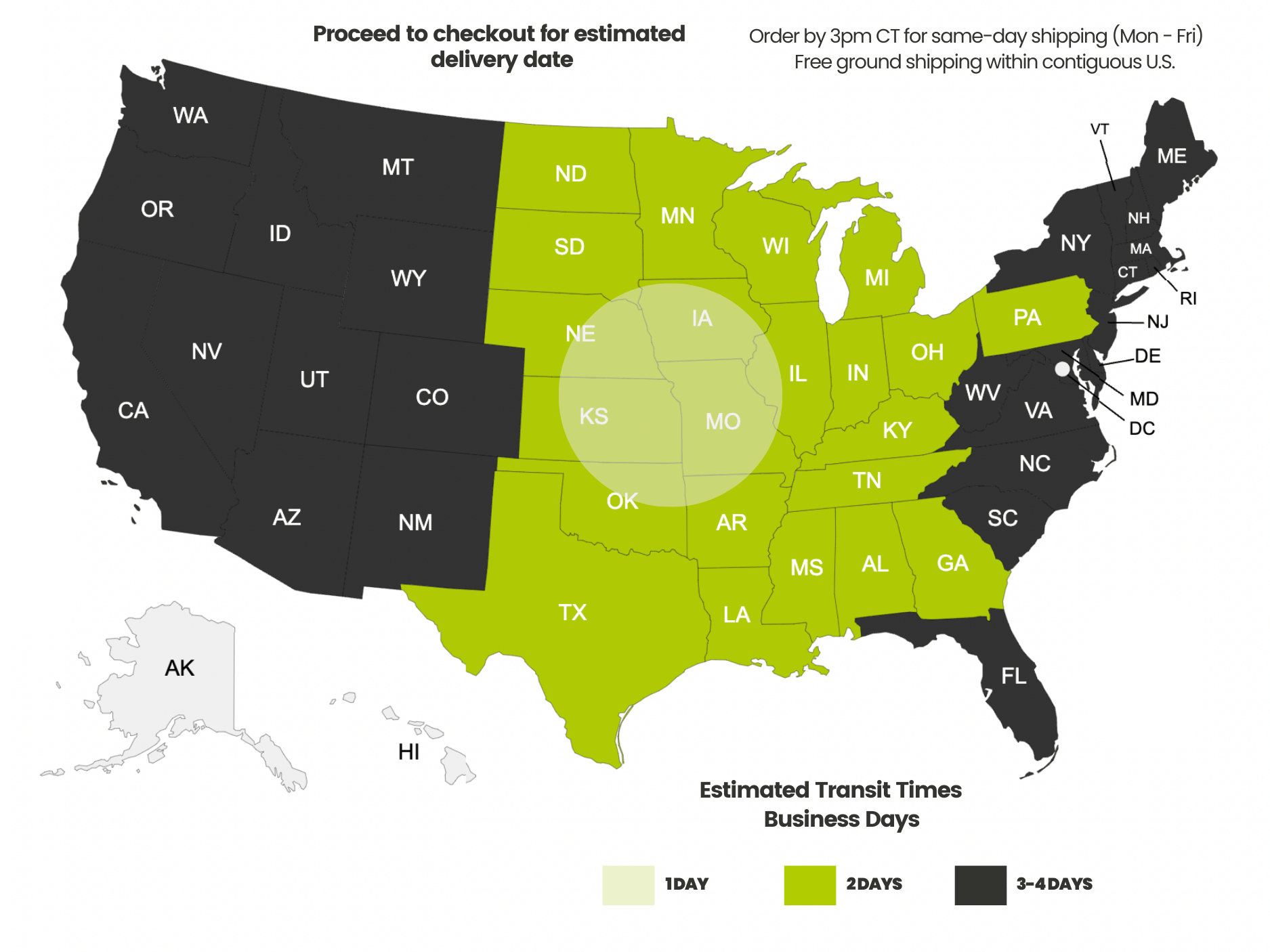Payment methods accepted

How Long Can I Run Coaxial Cable?
Written by Dave Harris, trueCABLE Technical Specialist
All day if you want to.
Back in the olden days, when there were three channels on TV (four if you count the educational channel), and closed-circuit transmissions consisted of low-resolution analog signals, it was possible to effectively run coaxial cable for hundreds and maybe even a thousand feet. I’m sorry to have to tell you this, but those days are pretty much over.

This bad news is due to the good things we have today that we didn’t have back then, such as broadband Internet and high definition digital television (HDTV). You see, the reason there are any limits at all to how far a cable can be effective is signal loss, also called attenuation. Attenuation in coaxial cable is mostly due to cable construction, distance of the circuit, and frequency of the signal. In short, for any given coaxial cable, the higher the frequency of the signal, the shorter the distance until the signal loss is too great to make use of what's left of the signal. Digital broadband and satellite systems operate at very high frequencies.
Attenuation
This is the part where most writers would whip out the really cool mathematical formula that lets you calculate attenuation based on frequency, distance, dielectric constant, conductor resistance, square roots, subscripts, greek letters, and neck pain. Because of severe mathematics-related childhood trauma, I’m not going to do that. I’m just going straight to the standards established by ANSI/TIA 568.4. The maximum supportable distances for broadband coaxial cabling applications are summarized in Table 1. “Series 6” refers to RG6 coaxial cable and “series 11” refers to RG11 coaxial cable.

**Take note these distances are inclusive of the patch cables too! The distances listed are the absolute maximum allowed from powered device to powered device. Known otherwise as the “channel”.
Remember that these are maximum values due to attenuation from the high frequencies of broadband signals and the design of the cables. Those are not the only factors that contribute to signal loss. In fact, just about everything you do to make coaxial cable useful adds even more to the total attenuation, further shortening the useful length of the cable. Every connector, splitter, and wall outlet adds to the total attenuation.
Insertion Loss
Insertion loss is really just what it sounds like. It’s the signal "loss” that happens as a result of “inserting” anything into the signal pathway. By “anything” I mean things like electronic devices, hardware, splices, ...anything.
One of the biggest producers of insertion loss in a coax signal pathway is a splitter. A splitter is a device that splits the signal into two (or more) signals so that it can feed two devices, like when one antenna is shared between two TVs. This necessarily results in a large amount of signal loss, as each of those TVs are now only going to receive 50% of the signal it would have gotten if it had the antenna all to itself. Figure 1 shows how the splitter produces a signal loss of 50%. Signal strength (and signal loss) is expressed in units of decibels. Since we’re still avoiding PMSD (post mathematics stress disorder), Figure 1 also helps us to understand the decibel. After all the math is done, by somebody somewhere, it turns out that a 50% loss of signal strength is about equal to a loss of 3.5 dB.

That’s just for one splitter. Many homes have more than two TVs, some homes have quite a few TVs, and that means more splitters. As shown in Figure 2, addition of another splitter to the signal path doubles the attenuation to 7.0 dB, and cuts the signal strength in half again. So after the addition of the second splitter, we’re down to just 25% of the original signal strength.
All of those figures are for hypothetical splitters that operate at 100% efficiency which, of course, nothing really does. Also, each cable connection adds more attenuation due to signal leakage. These small signal losses are usually less than half a decibel, but they add up. Especially when you start including union fittings, wall outlets, a cable from the wall outlet to the set top box, the set top box itself, then a cable from the cable box to the TV. So as a rule of thumb, most installers expect each splitter to add between 3.6 dB and 4.0 dB to the total attenuation.

When coaxial cable is used to provide a home with both broadband internet and television service, the installer will usually route one of the outputs from the first splitter to the cable internet modem, and then use the other output to split further for multiple TVs. You can see why in Figure 2. This arrangement provides the strongest signal to the internet modem, which is where most users need the greatest bandwidth.
More on Attenuation
Now that we understand a little bit about decibels from looking at the effect of splitting the signal in half, we can talk a little bit more about attenuation of the cable. Remember that a signal loss of 50% is about equal to -3.5 dB and a loss of about -7.0 dB means that about 75% of the original signal is lost. Sticking with the same pattern, does a loss of -10.5 dB mean that almost 90% of the original signal is just gone? I’m afraid so.
So now let’s talk about some real-life frequencies and real-life distances. In the olden days of TV, the VHF channels 2-13 operated at frequencies of 54-216 MHz. Actually, they still do. When we look at that range of frequencies in Table 2, we can estimate that the signal loss for those channels is between about 1.5 dB and 3.1 dB, for a cable length of 100 feet. That’s well below the insertion loss from a single splitter, and one can imagine how longer cable distances are possible for VHF TV channels, especially for channels 2-5, which always seemed to come in best, right?

Compare that to the signal frequencies from satellite TV providers, which can be as high as 2150 MHz. At that frequency, attenuation of just the cable is almost 10 dB for that same 100 feet -- almost 85% of the original signal! And those are compressed signals. If we’re talking about real 1080p HDTV, the frequency is more like 3000 MHz, and over 100 feet of cable, it seems like there won’t be much signal left at all.
So if all you need are the soap operas from that old NBC affiliate on channel 4, then put your antenna out on the barn, down the road a piece, or even share it with your neighbors. But for today’s broadband cable Internet and television applications, keep your cable runs short, and the fewer splitters, the better.
trueCABLE presents the information on our website, including the “Cable Academy” blog and live chat support, as a service to our customers and other visitors to our website subject to our website terms and conditions. While the information on this website is about data networking and electrical issues, it is not professional advice and any reliance on such material is at your own risk.



























